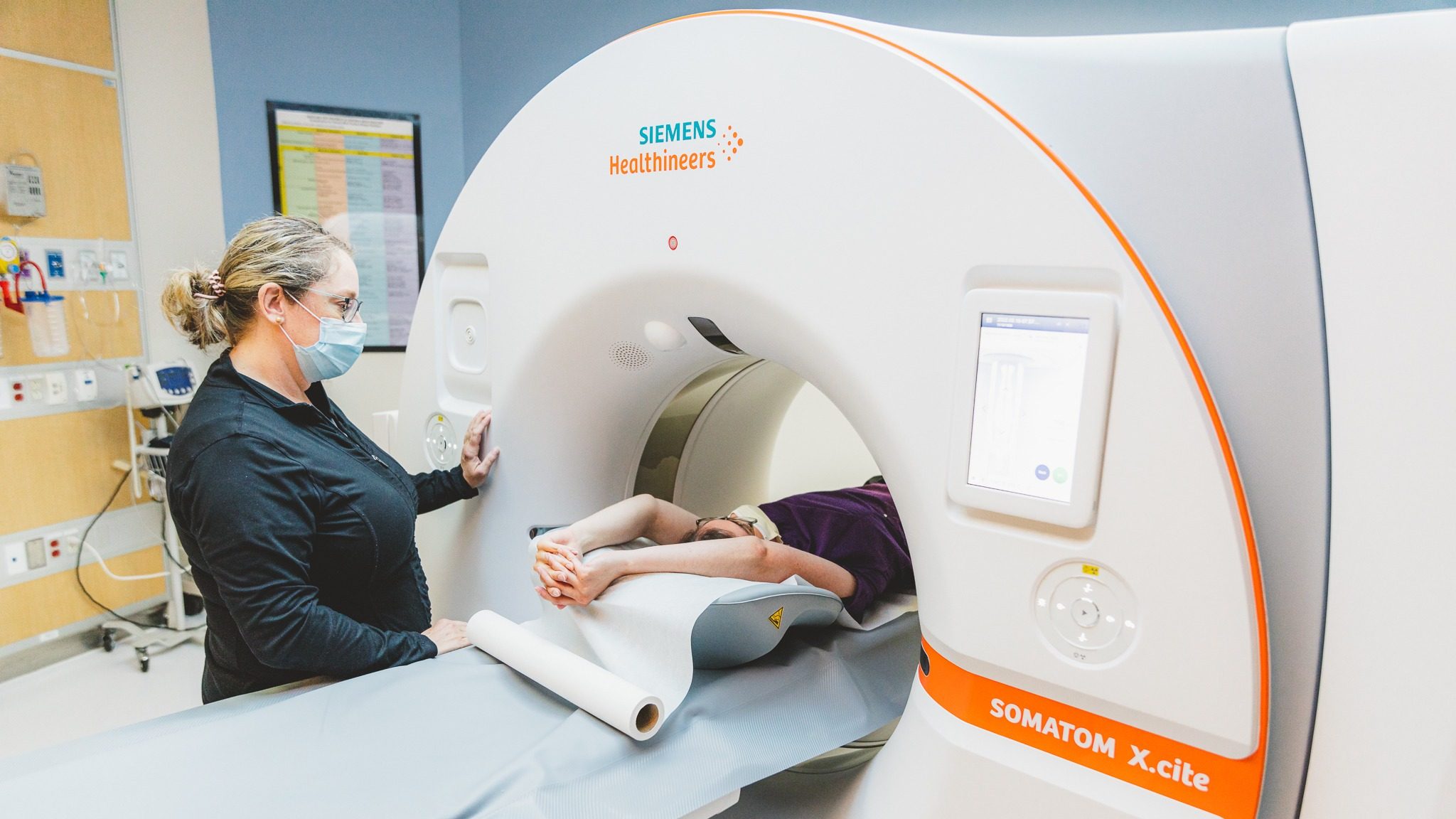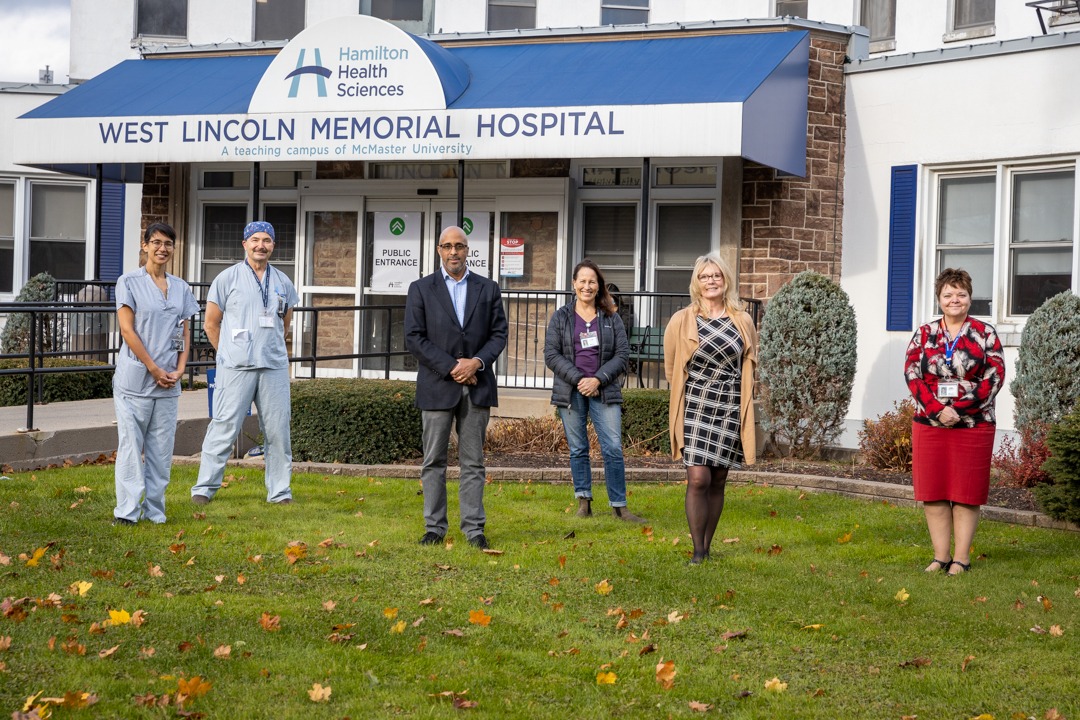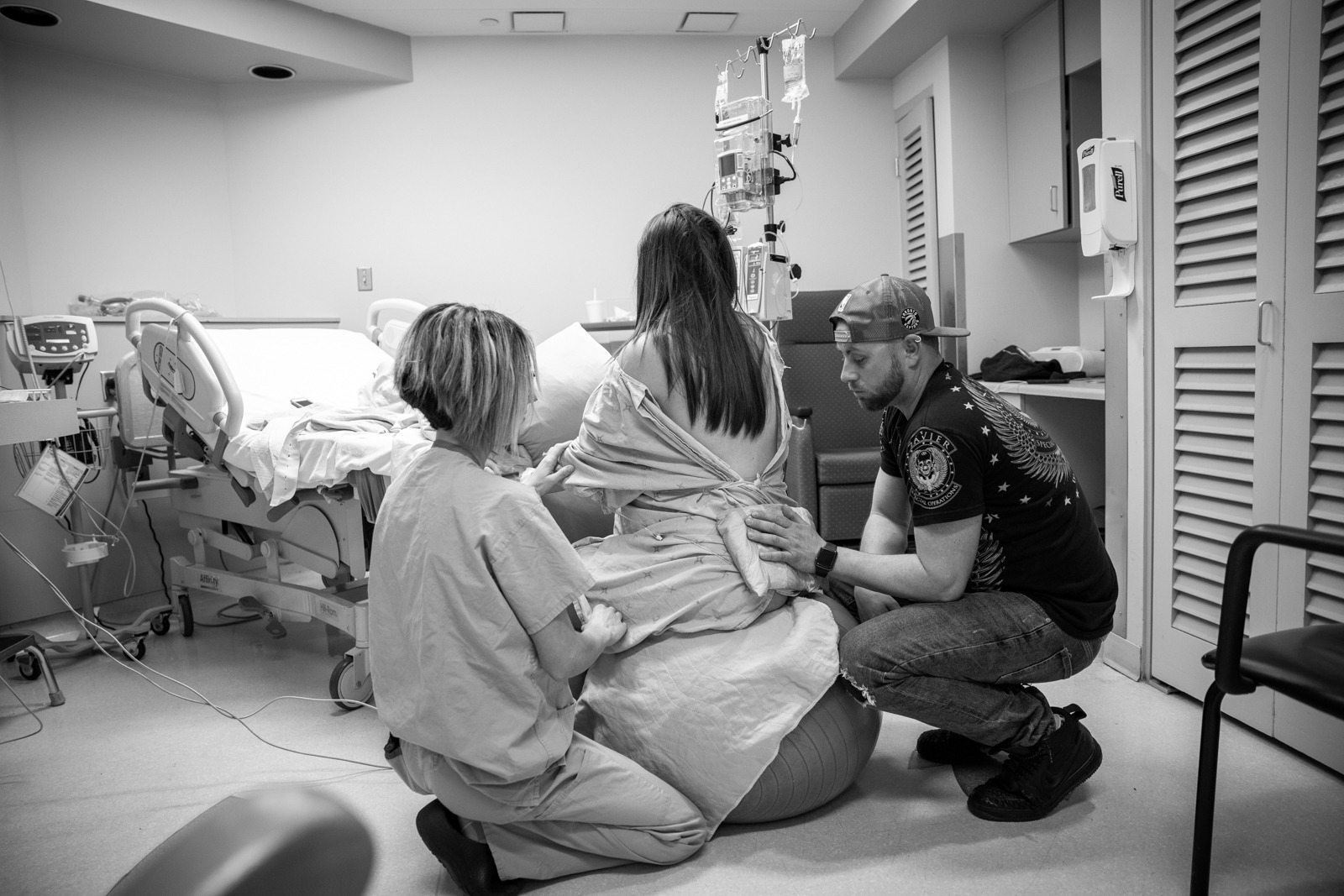
Midwives “returning to our roots” at WLMH
The Lincoln Community Midwives are coming home to West Lincoln Memorial Hospital (WLMH) on October 3, when the birthing service officially resumes in a 24/7 care model.

Pilar Chapman
“We are all really excited to be coming back to WLMH. It feels like we are returning to our roots while being able to build the future of the program at the same time,” says Pilar Chapman, midwifery site lead for WLMH.
The WLMH obstetrics program had been temporarily redirected to Niagara Health a few times since 2019 as a result of necessary safety upgrades needed at the site, staffing shortages and response to the COVID-19 pandemic. The last redirect had been in place since December 2021, when the fast-moving Omicron variant spread across the site closing all but a few beds to new patient admissions.
The site is anticipating about 750 births in the upcoming year. Historically, midwives have attended approximately 15 to 20 per cent of births at WLMH.
“We are all really excited to be coming back to WLMH. It feels like we are returning to our roots while being able to build the future of the program at the same time.”
Caring for the community
For a time during the program’s redirect, the midwives worked between both WLMH and Niagara Health providing care for patients. However, as the temporary pause lingered, the team made the difficult decision to stay at Niagara until the program could return 24/7.
“We tried working between the two hospital sites for a while, but it was not working well. There are logistical challenges when working between two different hospitals [sites and systems] each with their own processes,” says Chapman. “There are also concerns around moving patients in labour or with the possibility of being in labour when the changeover between hospitals happened. Most importantly, patients were stressed about the situation and we just decided to stay at Niagara Health until we could come back 100 per cent of the time.”
The midwifery service has a long history at WLMH, dating back more than 25 years. WLMH was one of the first hospitals in the region to open its doors to midwives. At the time, the hospital had just one obstetrician practicing and the midwives brought additional support and growth to the program. Midwifery practice makes up an integral part of the interdisciplinary team at low-risk birthing units working closely with obstetricians, family physicians and nursing colleagues.
Midwives are registered health care professionals who provide primary care. That means pregnant clients see a midwife instead of an obstetrician, not both. Midwifery care is full-funded by the Ministry of Ontario Health and free for clients to access. Midwives specialize in normal, low-risk birth and offer clients a choice of home or hospital birth. In Hamilton, there is also a new Midwifery Care Unit at McMaster University Medical Centre.
“WLMH has traditionally offered a low-risk birthing focus. Midwifery care is a great complementary service as it primarily deals with normal, low-risk births. We’ve had a great relationship with providers at the hospital for a long time,” says Chapman, noting that prior to the recent service changes, midwives delivered 15-20 per cent of all babies at WLMH.
New hospital, new opportunities
Chapman was quick to express gratitude toward Niagara Health and the team at its St. Catharines General site for welcoming them into the fold.
“Our team is very thankful for Niagara [Health] opening their doors to our practice during this period. They were very welcoming and our team has a great relationship with their labour and delivery unit.”
Being at the St. Catharines site also helped the seven-person Lincoln midwifery team appreciate the benefit of working in a newer hospital, increasing excitement about the soon to be rebuilt WLMH and the opportunities it will hold.
“We look forward to continuing to build a program focused on low-risk, normal births. As a teaching hospital, it holds the opportunity for incorporating further research and evidence into our practice. But we will also be able to teach other obstetrical care providers about this important care model, which can help low-risk birthing units thrive in smaller communities,” says Chapman, who also offered that there are very few Level 1B birthing units – WLMH’s designation – remaining in Ontario.

Joan Bellaire
Many across the hospital community have been counting down the days until the midwives resumed practice at WLMH.
“We all are looking forward to this new beginning for our WLMH site,” says Dr. Joan Bellaire, WLMH site medical lead. “It is so momentous for us to welcome our midwives back to the WLMH family and to benefit from their knowledge and skill while working together with our obstetricians, family physicians and our nurses to guide our department towards a centre of excellence for low-risk obstetrics. Their decision to come back was critical in the program being able to return at this juncture.”
For more information about Grimsby-area midwifery care, visit the Lincoln Community Midwives website.



